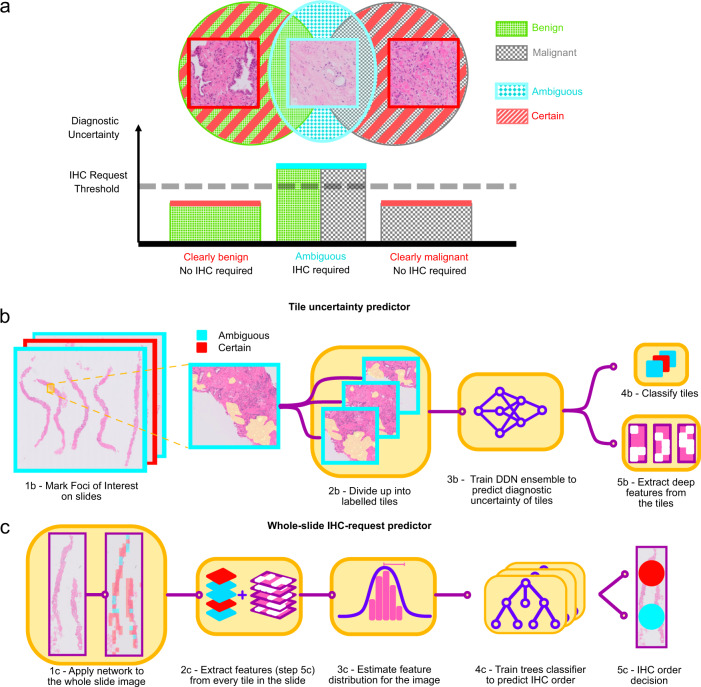Fig. 3. Illustration of the IHC requesting algorithm.
a Conceptual of IHC requesting. The Venn diagram illustrates the relationship between the benign vs malignant nature of tissue and the diagnostic need for IHC. Most tissue presents clearly benign (e.g. regularly shaped glands) or clearly malignant morphology (e.g. amorphous tumour sheets). These cases cause relatively low diagnostic uncertainty, and IHC is not required to make a diagnosis (“certain” cases). A portion of benign and malignant cases presents morphology that cannot easily be placed in either class. Such “ambiguous” cases cause higher diagnostic uncertainty and require IHC for a diagnosis to be made. b, c Decision-making algorithm for ordering IHC for uncertain PCa cases. In part (b), a deep neural network ensemble is trained to recognise ambiguous epithelial morphology in tiles. The DNN also learns to compute representative features. In row (c) the morphology of whole slide images is characterised through the distribution extracted deep features, a gradient boosting classifier is trained to predict which cases require IHC for diagnosis.

